The price of 'progress': Actress Honey Makwakwa has to move out of August House
It’s over a static phone line that the distressed voice of stylist-actress Honey Makwakwa crackles with anxiety. It’s been a month since Makwakwa and her partner, BLK JKS drummer and music producer Tshepang Ramoba, were asked by their landlord to leave their August House apartment. She is audibly distressed as she explains how urgently they need to find a new home.
For more than a year Makwakwa and Ramoba have lived in the building, which has been partly converted into studios, offices and residential space and occupied by a long list of well-known South African artists over the years, such as Nicholas Hlobo and Mary Sibande.
“But now it’s just us and artist Dineo [Seshee Bopape] left on the residential side of the building,” she says. August House is situated in Doornfontein – a semi-industrial part of Johannesburg on the edge of the newly gentrified Maboneng precinct.
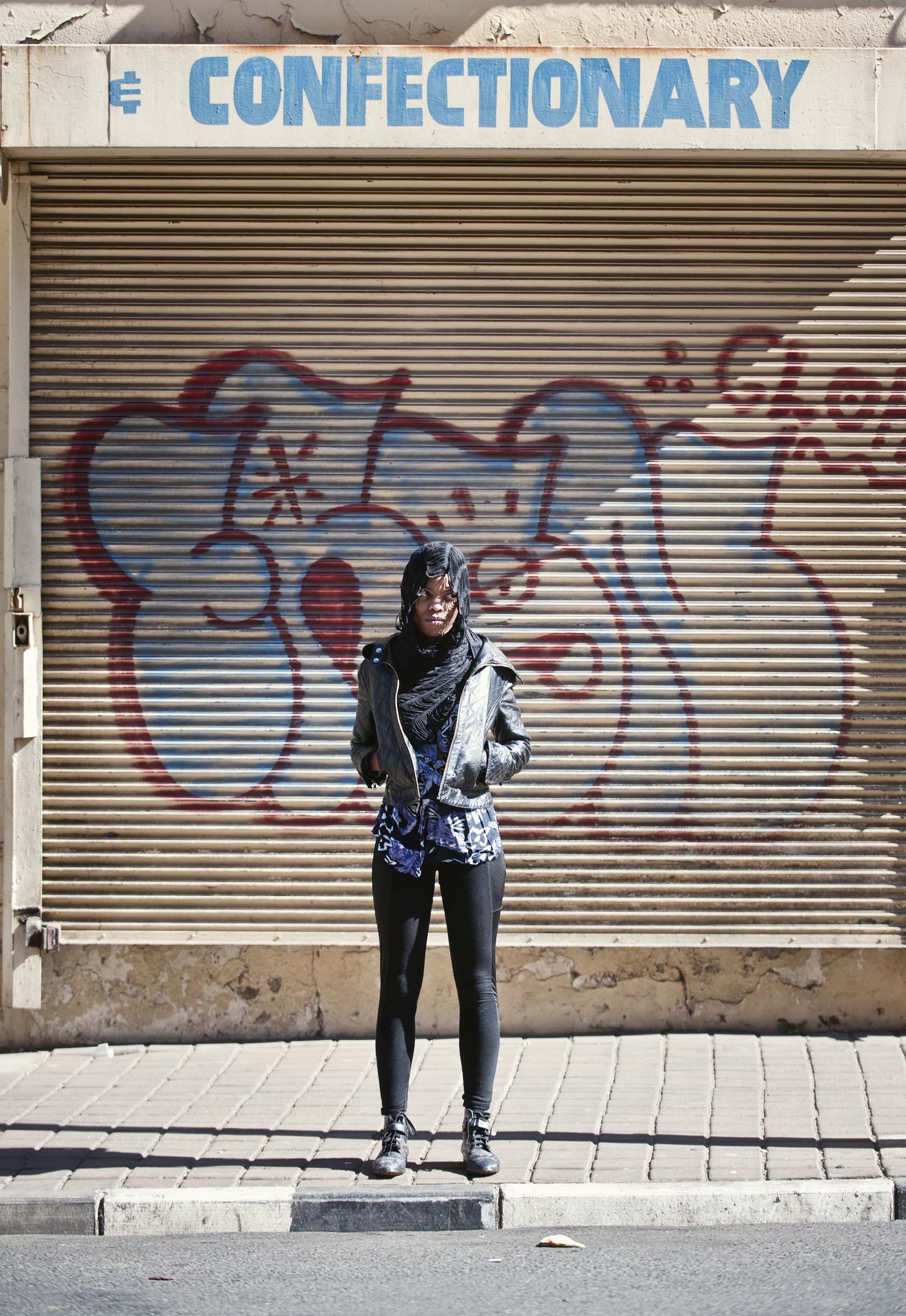
Honey Makwakwa. (Photo by Madelene Cronje)
August House is a relic of the time when Doornfontein was a hub of manufacturing and warehousing. In 2006 Bie Venter, director at Biecc – a company that provides logistical assistance for contemporary art and exhibitions – established the August House “project”. The idea was to create a community of like-minded, creative, forward-thinking people living and working in an affordable, spacious, semi-industrial location, as Venter said in an interview with the Mail & Guardian last year.
But almost a year later, Makwakwa tells a different story: “In June, the building’s owner, [Andrew] Meyers, told us that he thinks it would be a good idea if we leave.”
According to Makwakwa – who is currently working as the lead in the upcoming film Lost in the World – while looking online for property to buy last year, she discovered that the August House building was up for sale for about R9-million. She says her landlord is being pressured into selling the building, which the “city [of Johannesburg] has revalued … and basically shot its value through the roof – making the rates and taxes unaffordable”.
Meyers confirms that he advised his tenants to leave because he is selling the building after the council’s new valuation of the property. “It’s too expensive for me too. The City of Johannesburg has increased the value to R23-million … rates are R35 000,” he says.
The August House scenario is a familiar part of the urban renewal narrative: artist moves into derelict space; this attracts property developers who renovate the building and increase the rent; the creatives – along with the long-term residents – vacate or are evicted from the building.
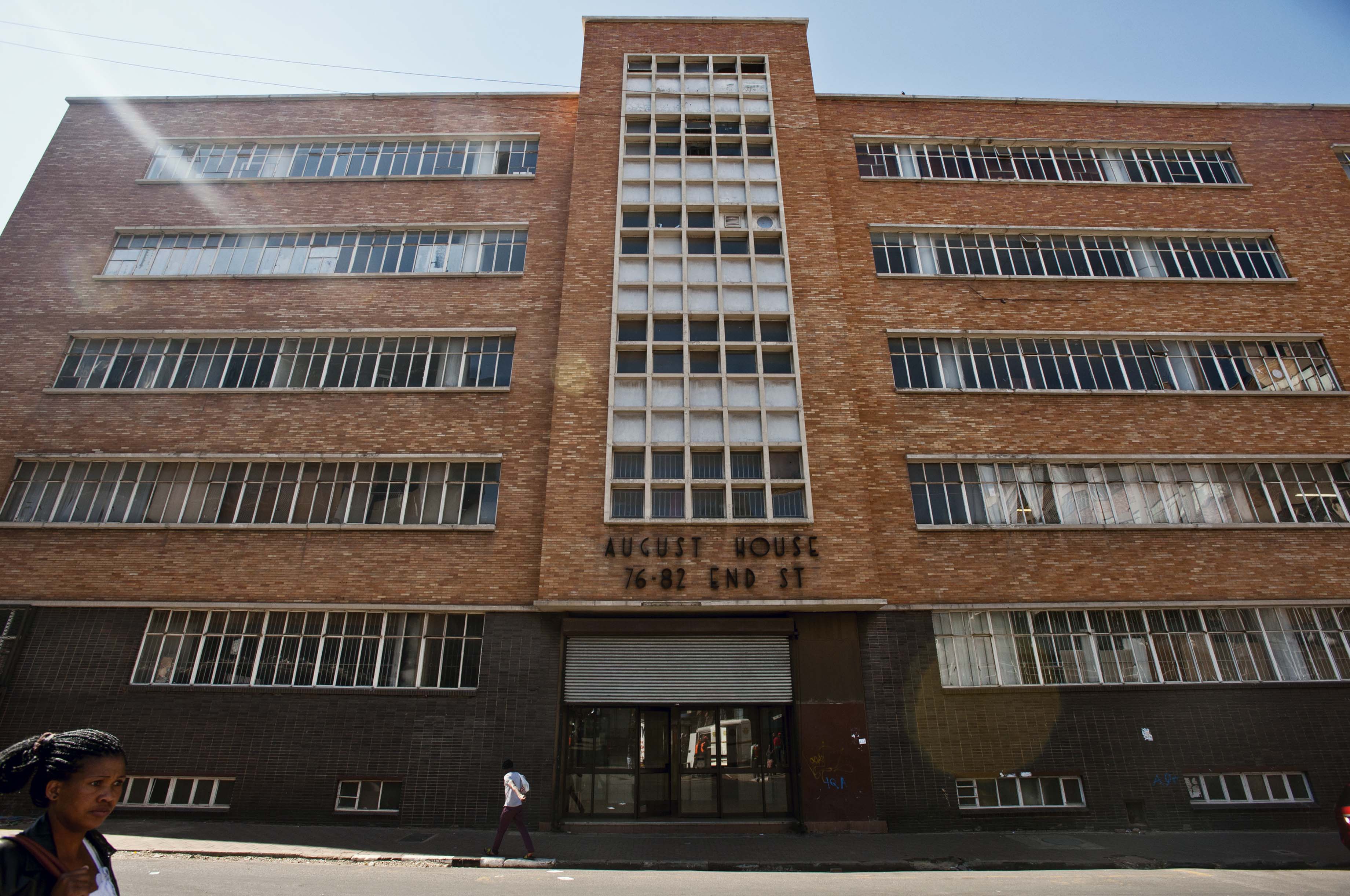
(Photo by Madelene Cronje)
“I think there are some examples of this in Soho [in New York] that show how artists were the vanguards of gentrification; [they were the reason for] the revalorisation of neighbourhoods and derelict industrial spaces in the city,” says Dr Mpho Matsipa, a lecturer in African urbanism and architectural design at the University of the Witwatersrand and director of Studio-X in Johannesburg.
“Those spaces were quite large and cheap … lending themselves to artistic production. As a consequence, the area became a hub for creative people, which was followed by the interest of developers,” says Matsipa.
Her recently completed PhD at the University of California, Berkeley, looked at urban renewal and the role of public art as a branding strategy for Johannesburg, and how this was tied to attempts to attract investment and forge social cohesion.
Gentrification
Makwakwa and Ramoba’s situation is related to the results of gentrification on the creative community. Terms such as “urban rejuvenation” and “urban renewal” are making headlines and punctuating government town-planning brochures.
According to a 2011 study titled “Potentials of Creative Urban Regeneration”, which focuses on urban renewal and creative industries in Ljubljana, Slovenia’s capital, gentrification usually means that a “working-class quarter is being invaded by the middle class or high-income groups … as a result, housing expenses rise enormously and the character of the neighbourhood completely alters”.
The term gentrification was coined in 1964 by sociologist Ruth Glass to describe the processes by which the poor were pushed out of parts of the United Kingdom as wealthy neighbourhoods were created. And, according to the study, the “original occupants with lower income – including artists and other members of the creative class – are mainly replaced or displaced” as a result of gentrification.
Makwakwa and Ramoba are not alone. Like other artists who feel the strain of urban rejuvenation and subsequently move or get kicked out of their neighbourhoods, United States-born rapper and fashion designer Shamon Cassette, who has been coming to South Africa to collaborate with local musicians such as Spoek Mathambo and to host pop-up shops for his label VGRNTNYC, says the same is happening in his native Brooklyn.
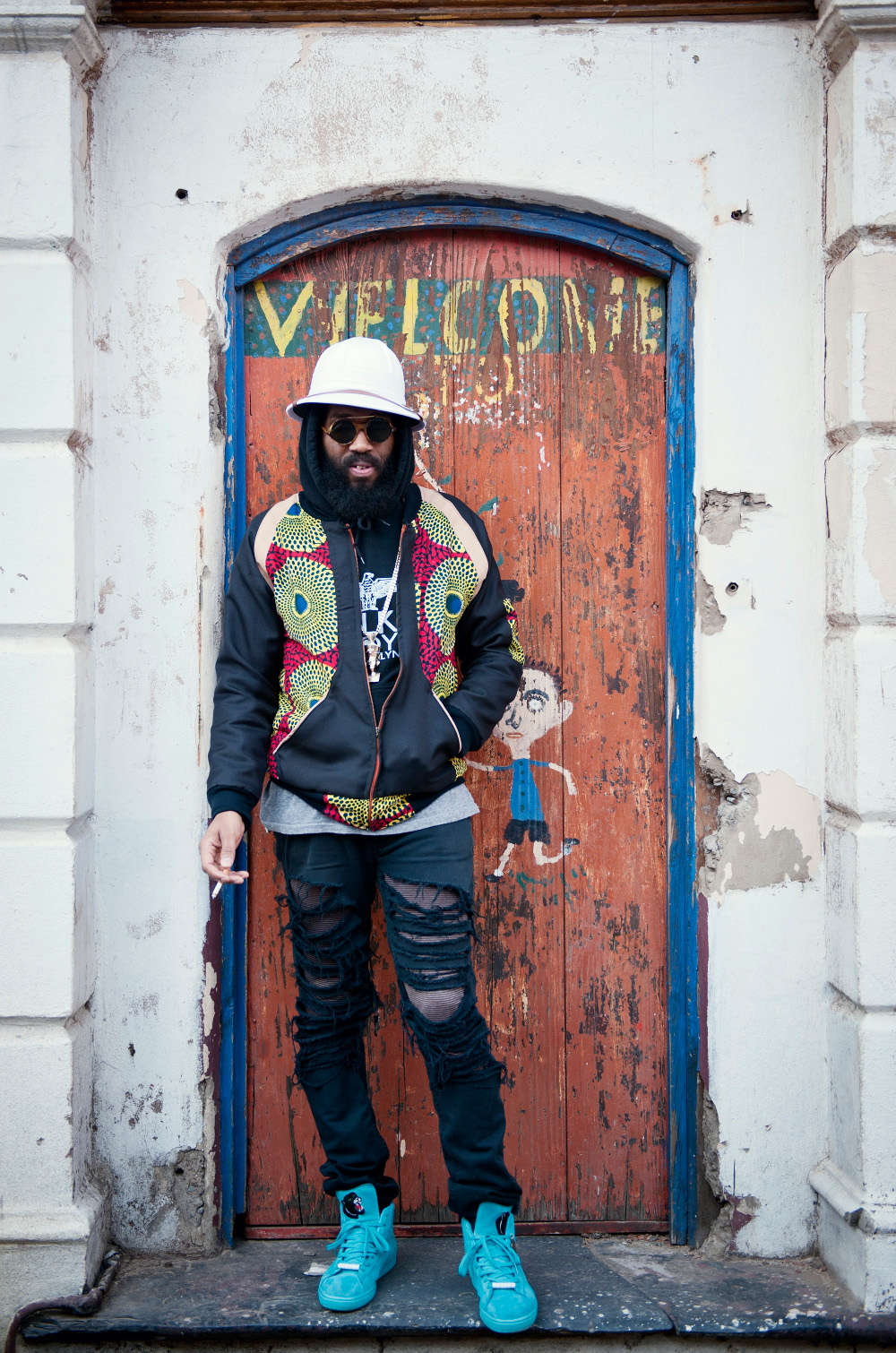
Shamon Cassette. (Photo by Madelene Cronje)
New York’s Park Slope, he says, was previously run down and filled with brown faces, but now there are more white faces, better security and nicer-looking shops than before.
Considering Park Slope’s increasing rentals and homogenisation, it’s not unfounded that he feels “irate” about what’s going on in the New York borough.
Gentrification often results in the breaking up of diverse communities and the displacement of long-term residents.
Having seen the effects of urban regeneration in Crown Heights, Brooklyn, where he was born to a Somalian father and an American mother, rapper-actor Abdi Hussein sees parallels in Cape Town’s Salt River.
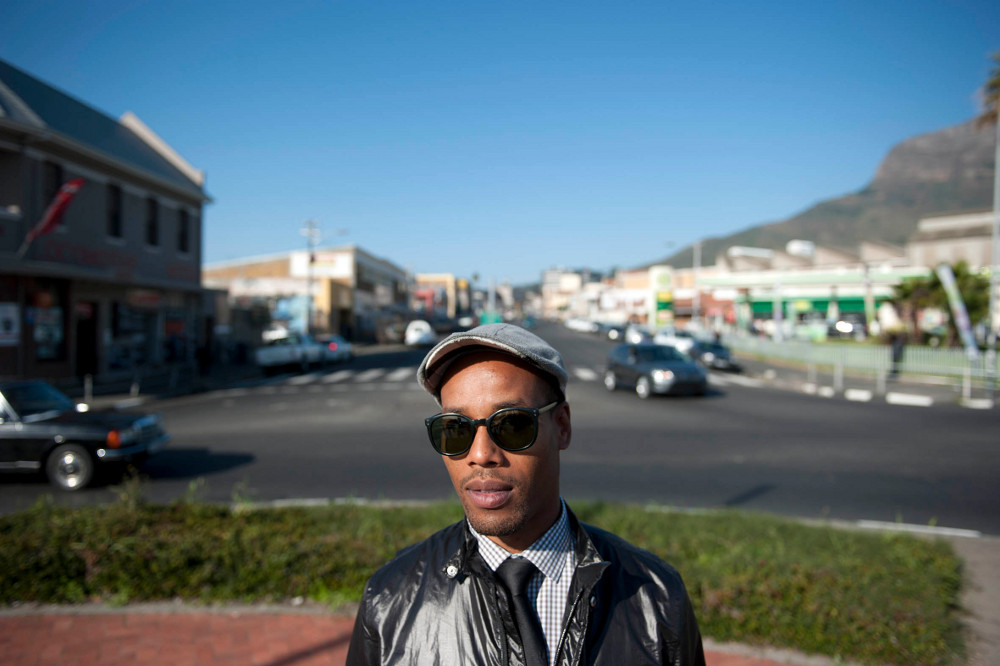
Abdi Hussein. (Photo by David Harrison)
“When I first moved to Cape Town in 2008, the Old Biscuit Mill’s festivities on a Saturday morning generally attracted people of colour, but it is no longer that,” says Hussein about the city’s artisanal produce market, Neighbourgoods Market, in the industrial and residential community of Salt River.
“In fact, the people of colour feel ostracised. Things are so expensive there now.”
Not far away, Zusa and Zoe Mazula’s eviction deadline is fast approaching.
A day before she and her husband are due to be evicted from the Zula Bar on Cape Town’s Long Street, Zoe is despondent. They’ve run the popular music venue for 10 years, and have been in the 98 Long Street premises since 2011.
“We’ve put our heart and soul into this business, and we face losing everything,” says Zoe,who found it strange that her landlord was evicting them after they fell behind on one month’s rent.
Zoe says that, apart from having a good track record with the landlord, she and Zusa have invested a lot of money in the space since moving in. They have also acquired the necessary licences to make the premises legal for commercial use, which it wasn’t before they moved in.
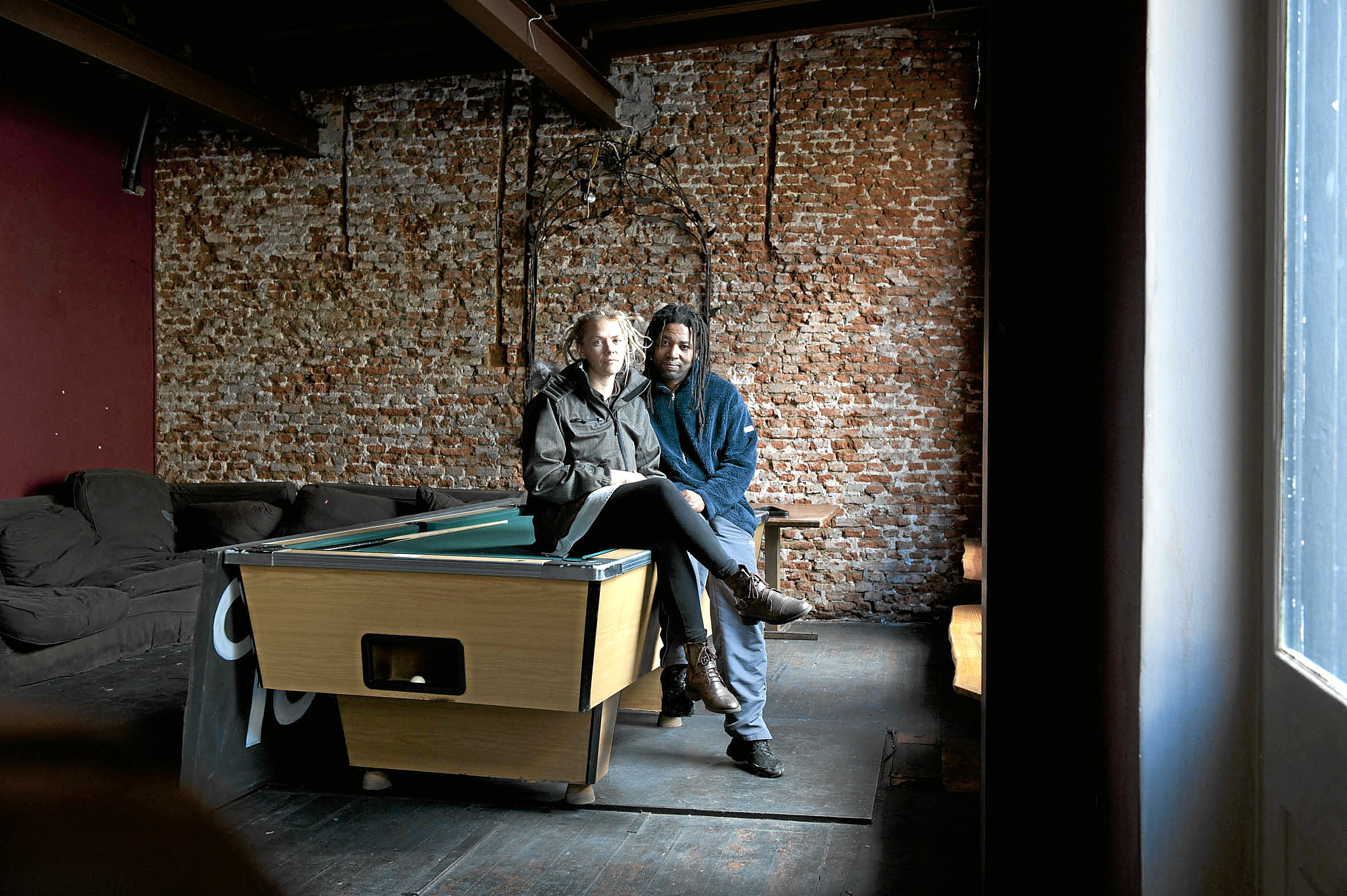
Zusa and Zoe Mazula. (Photo by David Harrison)
“When we viewed the property it had electrical wires hanging down all over the place, and so we knew there was work to be done on that to make it legal,” says Zoe.
“After signing the lease on the building, loads of latent defects about the structure of the building emerged … it was just a big death trap, so we had to fix it at breakneck [speed].”
After they had spent years fixing the place the landlord cancelled their lease, according to Zoe.
“It didn’t make sense that he would cancel a good business relationship for the sake of one month’s rental arrears. But one day there was this guy walking around the Zula premises, who we questioned.” She says the man was from a property company, whose client was a bank that was interested in the property.
Speaking on behalf of the landlord, attorney Chris Middlebrook dismissed the couple’s claims, saying: “The rent was seldom, if ever, paid on time or in full and was paid in dribs and drabs from virtually the outset … This is a far cry from being ‘one month behind in rent’.”
This, according to Middlebrook, was the reason for the eviction notice. He added that “it is irrelevant whether a bank or any other party is interested in the property”.
With Zula closed down, the couple say they now make money from singing at corporate functions and weddings. “Landlords seem to have a very deluded idea of the rental expectations on Long Street … soon it will be all mall shop brands, hotels and McDonald’s,” Zoe says.
Contemporary colonisation
On the importance of incorporating artists into increasingly gentrified areas, curator Ingrid LaFleur says: “In every city that I’ve been to, it seems like city officials have quite a hands-off approach to gentrification instead of having an in-depth way of thinking about how they can support the art community so that they don’t get pushed out eventually,” says the Detroit-based LaFleur, who is in Johannesburg for Where Paradise Grows – an exhibition that took place at Goethe on Main, a multidisciplinary art space in Johannesburg’s inner city.
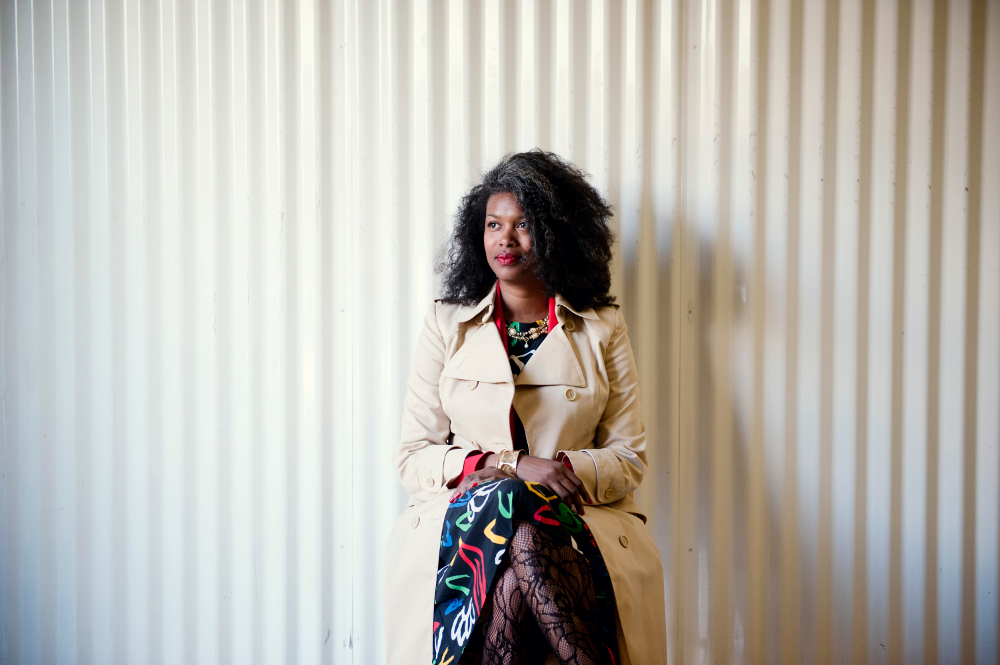
Ingrid LaFleur. (Photo by Madelene Cronje)
The exhibition was by Complex Movement, a Detroit-based artist collective that “explores a new theory for social change in the world”.
But instead of labelling the phenomenon gentrification, LaFleur prefers to refer to it as “contemporary colonialism”, a term explored in the exhibition. According to her, contemporary colonialism refers to landlords or property developers siding with capital instead of with people who do not have much money. Or, as she says, “where developers just have no sensitivity to the residents of an area” – resulting in the displacement of people.
To avoid what some call ruthless gentrification, LaFleur suggests that city councils get hands-on in the town planning process “so that they can sit down with developers and say: ‘Hey, there’s a better way to do this.’ Local governments should be protecting their citizens better and not allowing us to be treated in any way just because this man or woman has money. How we treat our citizens says a lot about our culture.”